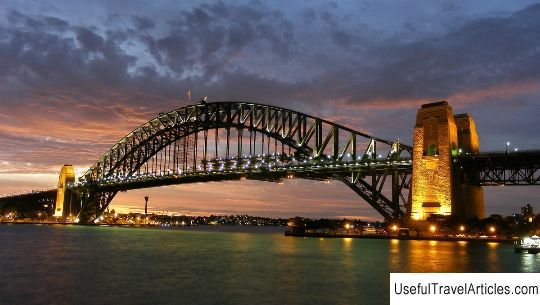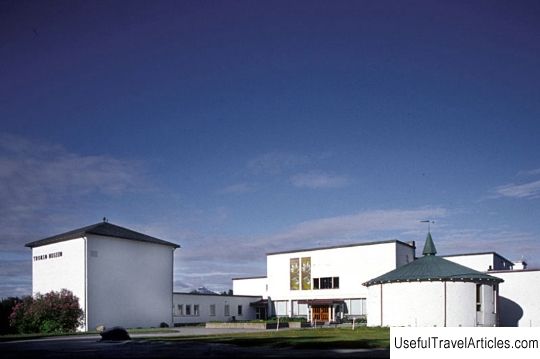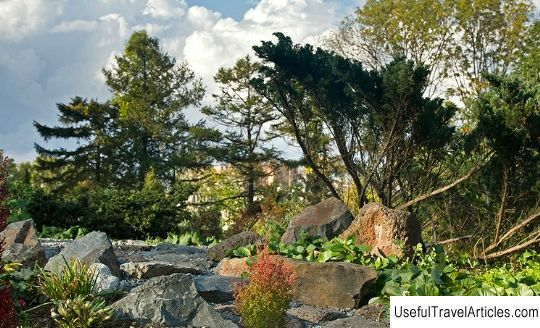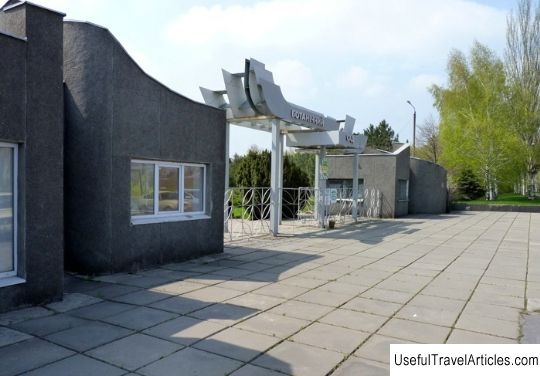Polar-Alpine Botanical Garden-Institute description and photos - Russia - North-West: Kirovsk
Rating: 7,9/10 (987 votes) 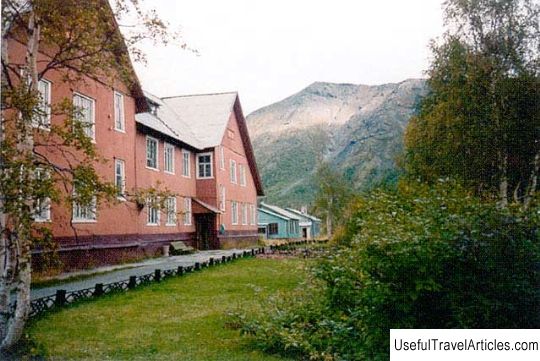
Polar-Alpine Botanical Garden-Institute description and photos - Russia - North-West: Kirovsk. Detailed information about the attraction. Description, photos and a map showing the nearest significant objects. Photo and descriptionIn the distant past, in the summer of 1931, a young geobotanist Nikolai Alexandrovich Avrorin came from Leningrad to the Murmansk region to continue the research begun by Professor Sergei Sergeevich Ganeshin, who died in the Khibiny. Nikolai Aleksandrovich was going to stay here for only one summer season, but remained in these northern regions for 29 years. In August of the same year, Avrorin presented to a group of scientists of the Kola branch of the USSR Academy of Sciences for discussion a thin book with the presence in it 19 pages, which presented the project "Polar-Alpine Botanical Garden in the Khibiny". This project was supported by prominent scientists and approved by the local authorities. In October, the Presidium of the USSR Academy of Sciences made the appropriate decision, and Nikolai Aleksandrovich was appointed director of the Garden. Initially, the Polar-Alpine Botanical Garden was allocated an area of about 500 hectares, today it is 1670 hectares, 80 of which are parks with greenhouses, nurseries and other expositions. Together with Avrorin, young specialists, formerly students of Leningrad University, who successfully graduated from it, began to work in 1932. In the summer of 1932, unique collections of living plants PABSI were formed. The first samples were donated by the Botanical Institute of the Academy of Sciences and included representatives of 26 varieties of shrubs and more than 50 varieties of herbs. First, the samples were planted in small areas, which they managed to recapture from the forest. Nurseries were created by the hard and hard work of the first employees, and a network of trails was laid. In the pre-war years, the Garden became famous and recognized. There are many academicians and famous scientists among its visitors. During the difficult years of the war, the Garden continues to work. All his activities at this time are aimed at the needs of the front. In the chemical laboratory of the Garden, technologies are being developed for processing local berries into syrups, juices, and jam without using sugar. A method for obtaining glucose syrup from lichens has been developed. Despite the hardships of wartime, the collection and herbarium were completely preserved by the Garden staff. In 1946, the government supported PABSI with finances and personnel, in connection with this, the research topics significantly expanded, the number of the team increased, and the number of specialists was replenished. The status of an institute, which is part of the Kola branch of the USSR Academy of Sciences, was assigned to the Garden in 1967. In 1981, to the 50th anniversary of its foundation, for all the merits the Polar-Alpine Botanical Garden-Institute was awarded "Badge of honor". On the occasion of its 70th anniversary, it is named after its founder N.A. Avrorina. Every year the Garden is visited by many thousands of tourists. In this place, you can get acquainted with representatives of the flora of different countries, with the specifics of their growth and development in unusual conditions, where frosts and snowfalls are likely in summer. Special exhibitions and nurseries present unique collections of plants (Stony Garden, Snowdrop Garden, Live Herbarium). Sightseers, arriving from the most distant regions of Russia or even foreign countries, meet here with plants that grow in their homeland. Also, the Botanical Garden invites visitors to take excursions to the greenhouse of plants growing in the tropics and subtropics, to the Museum of History and formation of a botanical garden. An excursion along the ecological trail will acquaint tourists with the vegetation of various altitudinal zones of the Khibiny Mountains.         We also recommend reading Campo Santo description and photos - Italy: Pisa Topic: Polar-Alpine Botanical Garden-Institute description and photos - Russia - North-West: Kirovsk. |
